Sowaka: a fusion of old and new in Kyoto
Japanese tradition and modern hospitality mesh perfectly at this restored ryokan
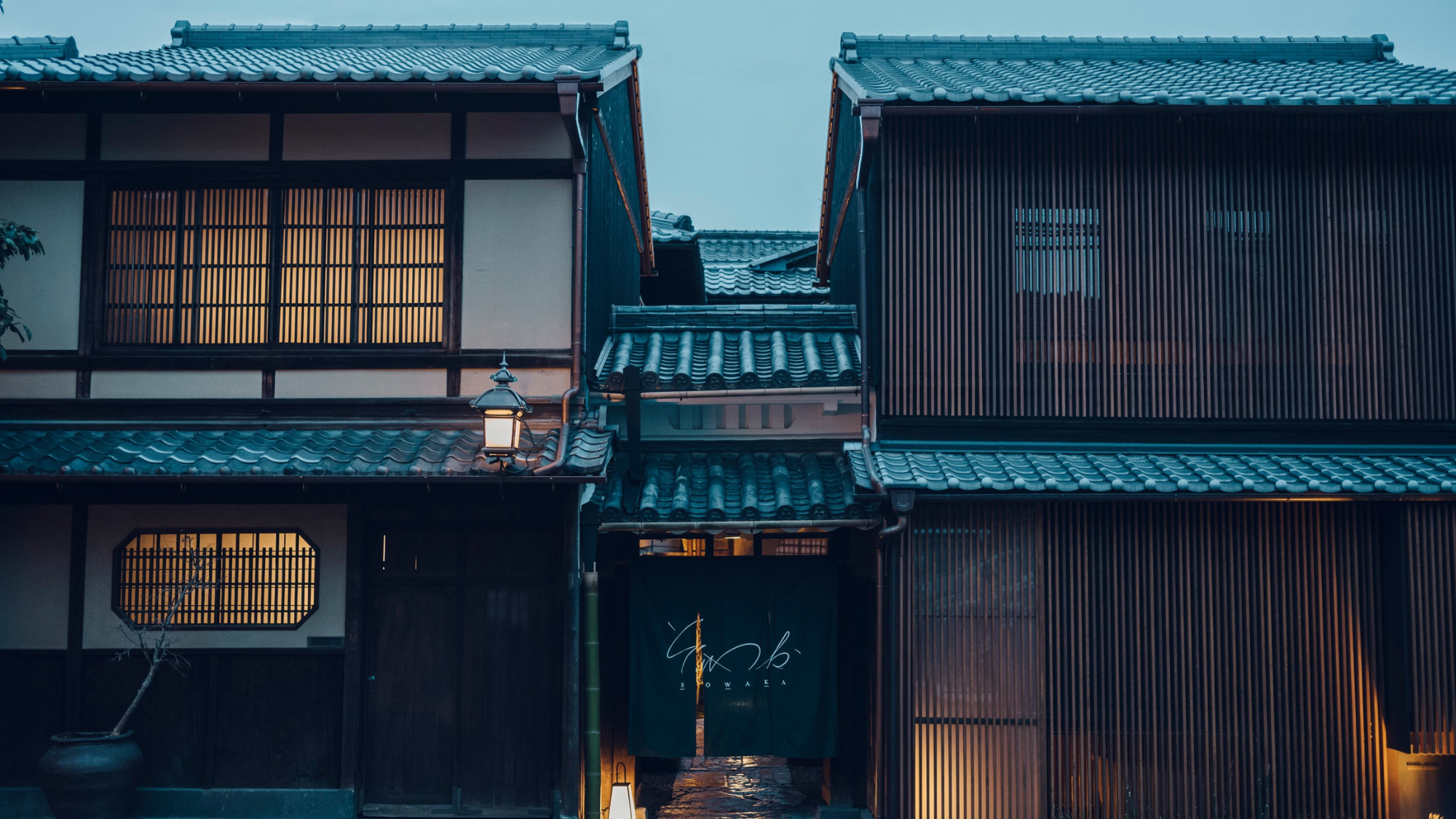
Entering Hotel Sowaka in Kyoto's famous Gion district feels like stepping onto the set of the Disney+ series "Shōgun". Guests leave their shoes – and any expectations of a typical hotel stay – at the front door and enter an establishment where old-world Japanese charm meets modern boutique hotel.
The building is 110 years old and for its first century housed a tearoom. When the Sowaka was opened in 2018 (and its annexe in 2019), the tearoom's outdoor cooking stoves and well were preserved – a symbol of the current owners' regard for its history. A low-ceilinged hallway of Japanese plaster and varnished dark wood lead to a lounge with tatami mat floor, wooden beams and stylish contemporary furniture that lets the building do the talking.
Traditional shoji (rice paper) doors and original sliding windows abound, whisking guests back in time – much of the edifice and its magnificent Japanese garden of maple and zelkova trees are original.
The Week
Escape your echo chamber. Get the facts behind the news, plus analysis from multiple perspectives.

Sign up for The Week's Free Newsletters
From our morning news briefing to a weekly Good News Newsletter, get the best of The Week delivered directly to your inbox.
From our morning news briefing to a weekly Good News Newsletter, get the best of The Week delivered directly to your inbox.
Why stay here?
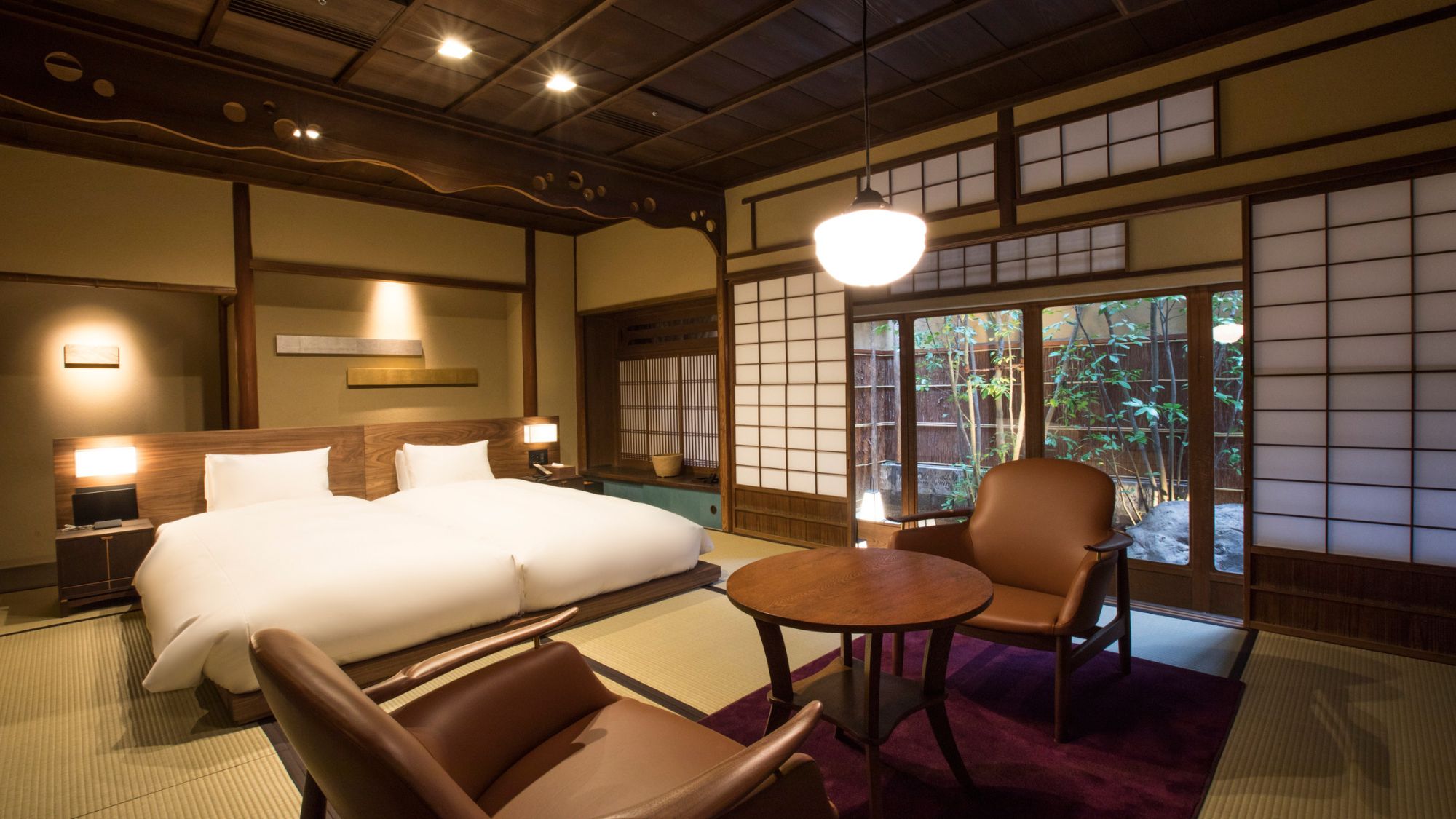
Minimalist rooms still have all the creature comforts guests are looking for
Despite its traditional look, the hotel offers most modern amenities expected from a five-star hotel, including European mattresses rather than futons, bathrooms with walk-in rainfall showers and wifi. A glaring absence is no TV. Instead, you'll find a meditation corner with a low chair and bell, encouraging guests to find their zen.
My deluxe suite was in the annexe, with traditional tatami surrounding the giant bed but modern hardwood floors under the lounge area. There, sofas and a table offered a perfect spot for lounging between sightseeing trips. Complimentary soft drinks and beers in the fridge are welcome, and a wall of glass overlooking a mini-courtyard floods the room with light and provides a restful oasis.
The bathroom is minimalist modern in dark grey with double sinks, aforesaid rainfall shower, and one of those smart toilets with bells and whistles like a bidet. The Sowaka's nod to old Japan is a delightful cedar wood bath rather than an ordinary tub; compact but deep and overlooking the restful private courtyard, it gave off the most delicious wood scent as I soaked my aching limbs.
Eating and drinking
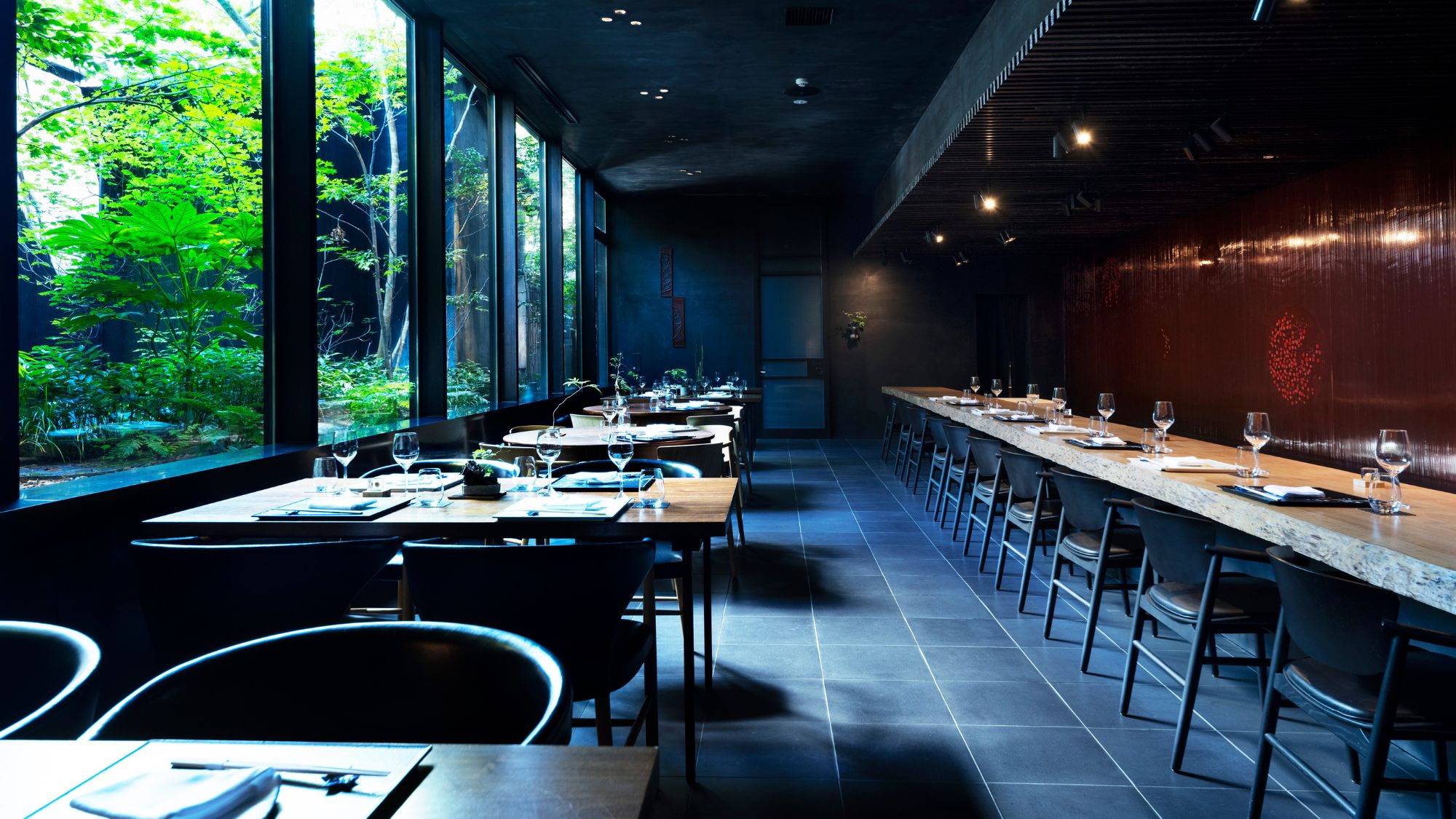
The Gion Loka restaurant offers a 'taste sensation'
Meals at the Sowaka are served in the restaurant Gion Loka, an intimate space with a long bar made from a polished tree trunk – a perfect perch for breakfast – and a selection of tables. I recommend the Japanese breakfast, an Instagrammable bento box of about 30 delights, quite a few of which I couldn't name but which were a taste sensation – morsels of fresh fish and pickled vegetables and tofu, packed with umami flavours. Once the sun sets, dinner brings traditional Japanese food elevated to innovative new heights with temptations such as grilled black cod with Saikyo miso, deep-fried pork cutlets and succulent Wagyu fillet steak.
A free daily email with the biggest news stories of the day – and the best features from TheWeek.com
For dinner on the town, head to Pontocho Alley, a car-free thoroughfare near the river lit with colourful paper lanterns and packed with traditional buildings housing restaurants and bars. After queuing for a table at Sushi Kizaemon, we were rewarded with a feast of melt-in-the-mouth smoked eel, prawn and salmon sushi. A few steps further on, we found a delightful hole-in-the-wall okonomiyaki restaurant, Kiraku, where health and safety were cast aside as we fried up fresh pancakes of cabbage and prawns on a red-hot griddle at our table.
What to do
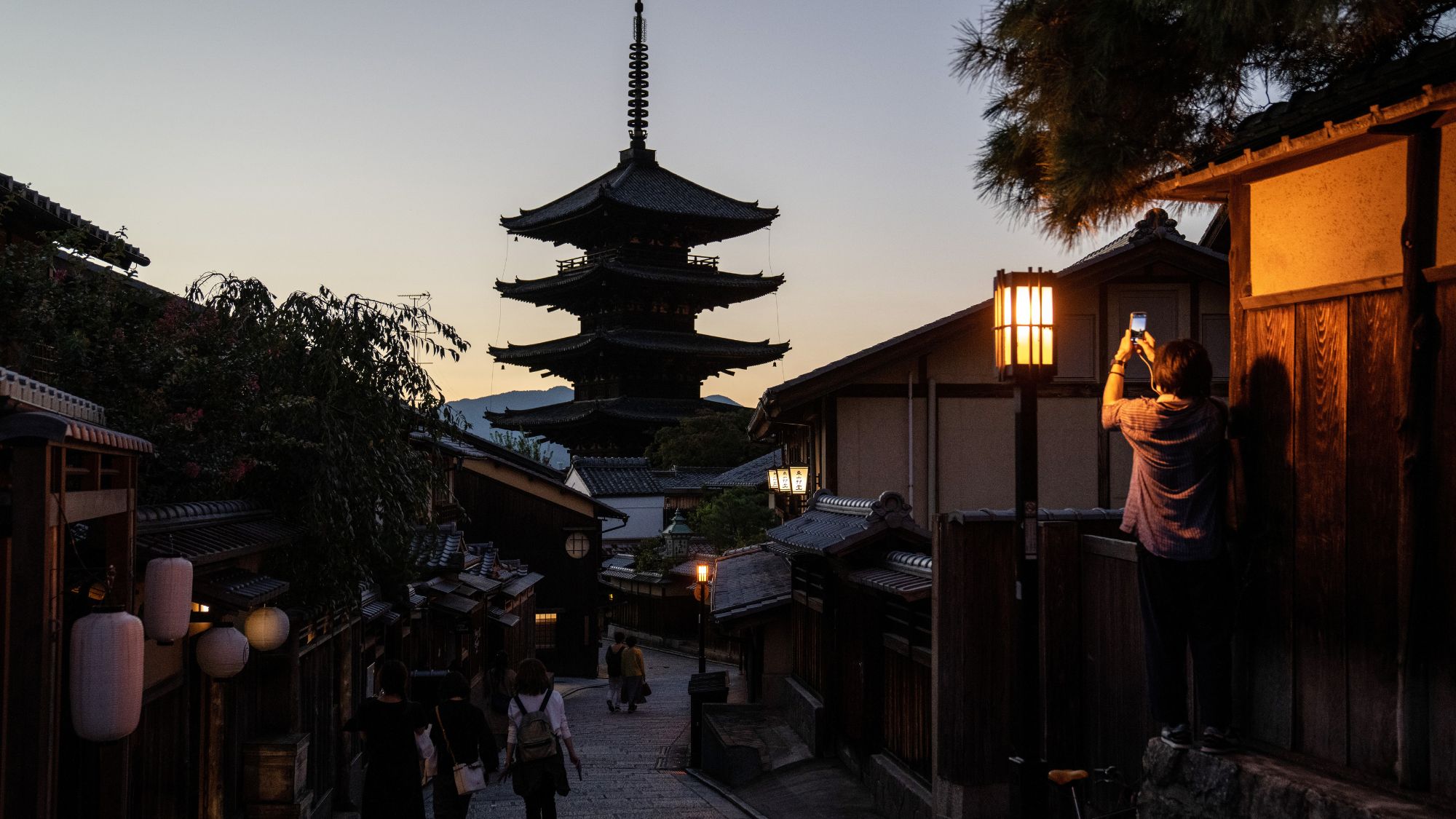
The Yasaka Pagoda dominates the skyline
Japan's ancient capital, Kyoto, was deliberately spared Allied bombing during the Second World War to preserve its cultural landmarks. In stark contrast to Tokyo's neighbourhoods of glass and steel, Kyoto's historic areas – particularly Gion, where the Sowaka is located – feature streets of historic low-rise wooden machiya houses, originally home to artisans and merchants. As Kyoto's most famous geisha district, these distinctively dressed women (as well as tourists dressed in rented geisha outfits) are highly visible. Stroll through the charming Higashiyama area, where sloping streets are lined with classical buildings turned into cafes and restaurants and shops selling pottery, spices and jewellery.
Hop on a local train to the Fushimi Inari Shrine in southern Kyoto, 1,300 years old and famous for its thousands of vermilion torii gates that visitors walk through as they wind through a wooded forest to the summit of Mount Inari (though you can take shorter routes, as we did). Dedicated to the Shinto god of rice for prosperous businesses and bountiful harvests, it's a one-of-a-kind sight.
You could spend days visiting all of Kyoto's eye-catching ancient temples. My favourites were the Yasaka Pagoda (also called Hokan-ji Temple), which dominates the Higashiyama district's skyline and is an intricate five-story wooden temple occasionally open to the public and particularly striking when lit up at night. Another head-turner is the red-and-white Yasaka Shrine in Gion, 1,350 years old and comprising an offering hall and inner sanctuary. It comes alive at night thanks to strings of bright lanterns.
The verdict
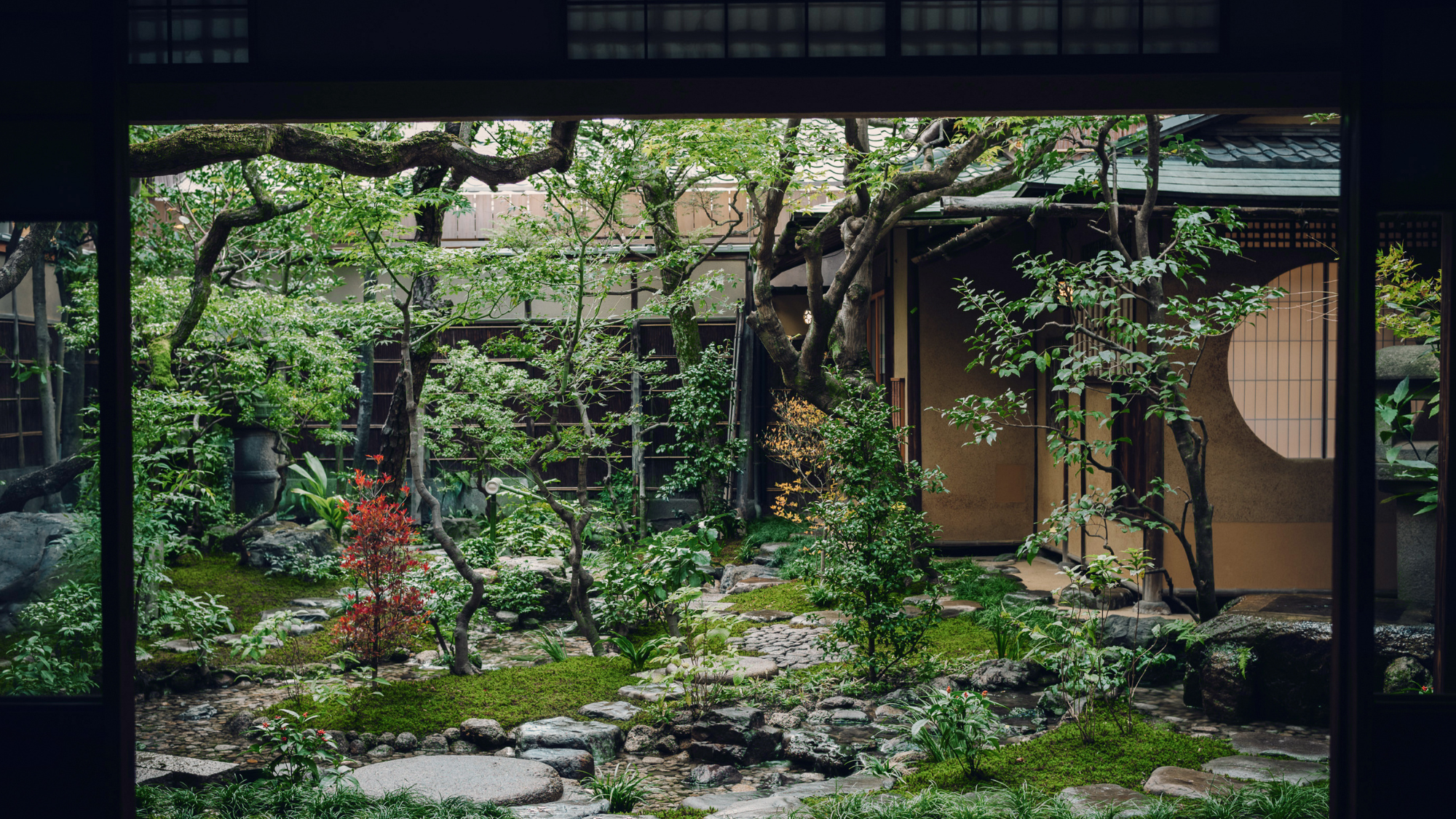
A stylish fusion of old and new Japan awaits you at Sowaka. With just 23 rooms plus a cosy lounge, tea room and restaurant, this boutique hotel offers an upmarket antidote to bigger hotel chains.
Gabriel Power was a guest at Sowaka Hotel
-
 Political cartoons for January 4
Political cartoons for January 4Cartoons Sunday's political cartoons include a resolution to learn a new language, and new names in Hades and on battleships
-
 The ultimate films of 2025 by genre
The ultimate films of 2025 by genreThe Week Recommends From comedies to thrillers, documentaries to animations, 2025 featured some unforgettable film moments
-
 Political cartoons for January 3
Political cartoons for January 3Cartoons Saturday's political cartoons include citizen journalists, self-reflective AI, and Donald Trump's transparency
-
 7 hot cocktails to warm you across all of winter
7 hot cocktails to warm you across all of winterthe week recommends Toddies, yes. But also booze-free atole and spiked hot chocolate.
-
 11 extra-special holiday gifts for everyone on your list
11 extra-special holiday gifts for everyone on your listThe Week Recommends Jingle their bells with the right present
-
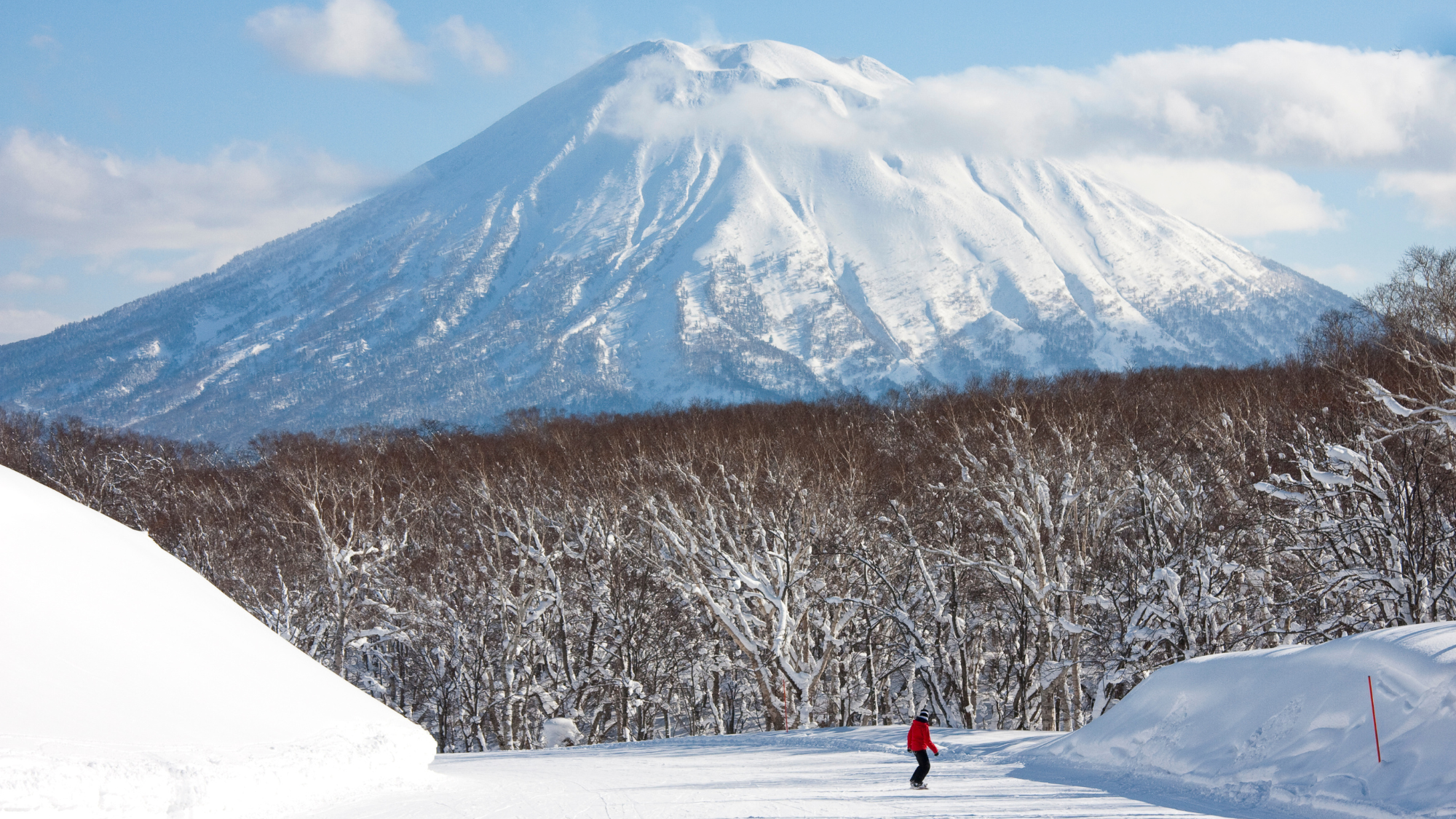 A dreamy skiing adventure in Niseko
A dreamy skiing adventure in NisekoThe Week Recommends Light, deep, dry snow and soothing hot springs are drawing skiers to Japan’s northernmost island
-
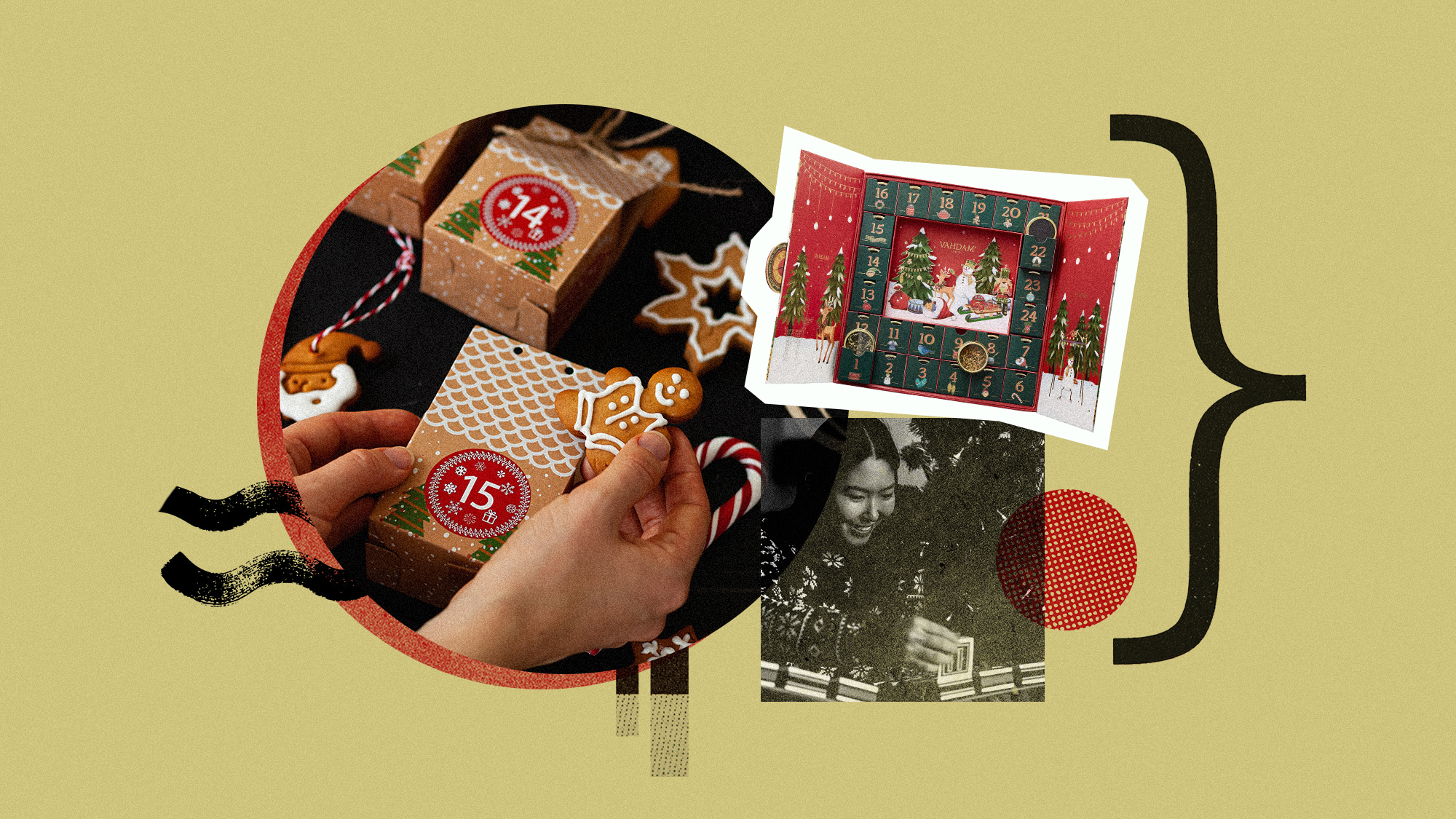 10 great advent calendars for everyone (including the dog)
10 great advent calendars for everyone (including the dog)The Week Recommends Countdown with cocktails, jams and Legos
-
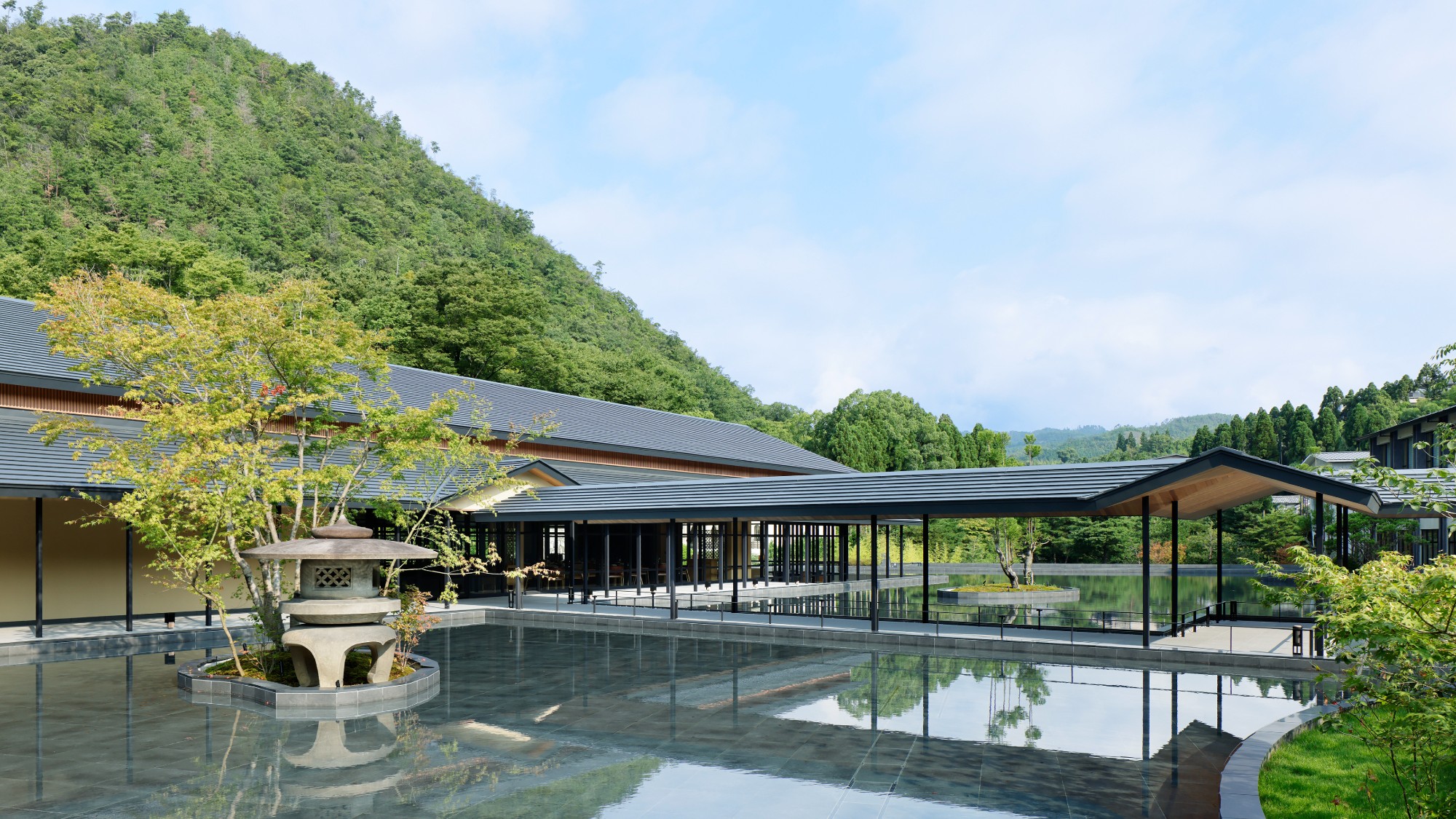 8 hotels that show off the many facets of Japan
8 hotels that show off the many facets of JapanThe Week Recommends Choose your own modern or traditional adventure
-
 Japan meets Italy at The Bulgari Hotel in Tokyo
Japan meets Italy at The Bulgari Hotel in TokyoThe Week Recommends Experience the peak of hospitality in an exclusive high-rise hotel in the heart of Tokyo
-
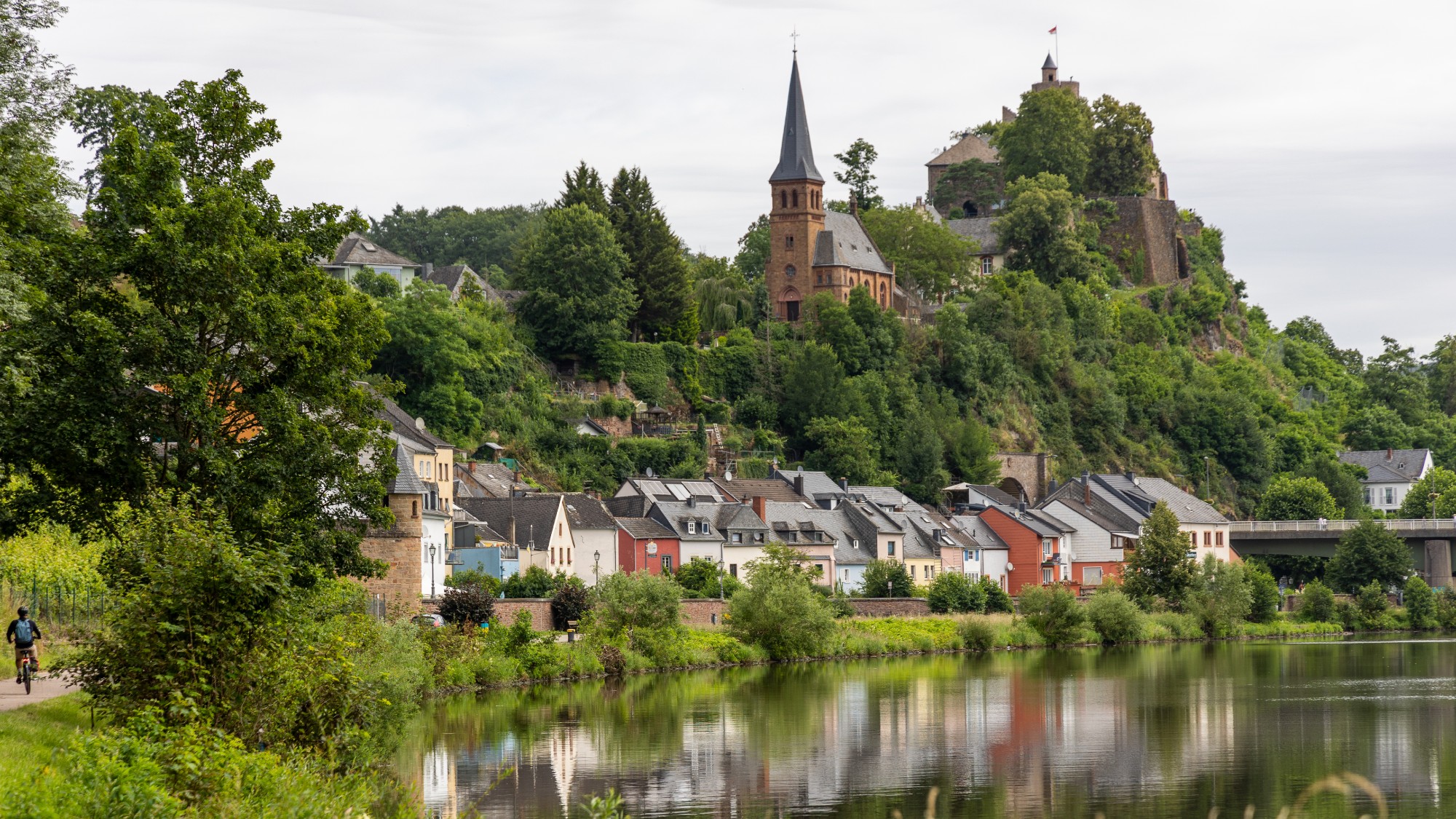 5 fun cycling tours that let you vacation on two wheels
5 fun cycling tours that let you vacation on two wheelsThe Week Recommends Gain a new perspective while pedaling
-
 Go beyond the islands you already know in these 8 countries. Surprises await.
Go beyond the islands you already know in these 8 countries. Surprises await.The Week Recommends These destinations fly under the radar